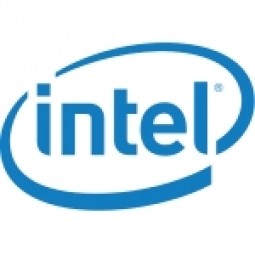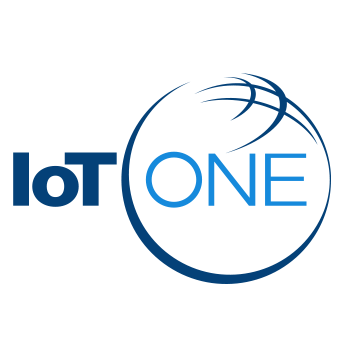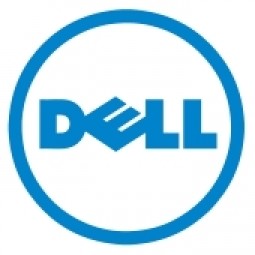_18.jpg)
IBM Watson
Watson is a question answering computer system capable of answering questions posed in natural language, developed in IBM's DeepQA project by a research team led by principal investigator David Ferrucci. Watson was named after IBM's first CEO and industrialist Thomas J. Watson. The computer system was specifically developed to answer questions on the quiz show Jeopardy!. In 2011, Watson competed on Jeopardy! against former winners Brad Rutter and Ken Jennings. Watson received the first place prize of $1 million. Watson had access to 200 million pages of structured and unstructured content consuming four terabytes of disk storage including the full text of Wikipedia, but was not connected to the Internet during the game. For each clue, Watson's three most probable responses were displayed on the television screen. Watson consistently outperformed its human opponents on the game's signaling device, but had trouble in a few categories, notably those having short clues containing only a few words. In February 2013, IBM announced that Watson software system's first commercial application would be for utilization management decisions in lung cancer treatment at Memorial Sloan Kettering Cancer Center in conjunction with health insurance company WellPoint. IBM Watson's former business chief Manoj Saxena says that 90% of nurses in the field who use Watson now follow its guidance.
Watson has come a long way since it won on the American quiz show Jeopardy! in 2011. Back then, it did one thing: natural language Q&A, powered by five technologies. Today, Q&A is just one of more than 30 Watson capabilities—all of which have been turned into digital services, or Application Programming Interfaces (APIs), delivered via the cloud. This means that we can literally build cognition into everything digital. With Watson, every digital application, product and process can understand, reason and learn. You can see why cognitive is becoming the heart of our solutions businesses. What started as one Watson unit is now a growing family: the core Watson team, which continues to build new capabilities and nurture its expanding ecosystem; and individual Watson businesses, aimed at particular industries or professional domains, such as IBM Watson Health and IBM Watson Internet of Things. Each business brings together Watson capabilities with industry expertise, vast data sets and an ecosystem of partners and clients, and each is powered by the IBM Cloud.
-
Devices Layer
-
Edge Layer
-
Cloud Layer
-
Application Layer
-
Supporting Technologies
Case Studies.


Similar Suppliers.

---nasdaq--amzn_14.jpg)






